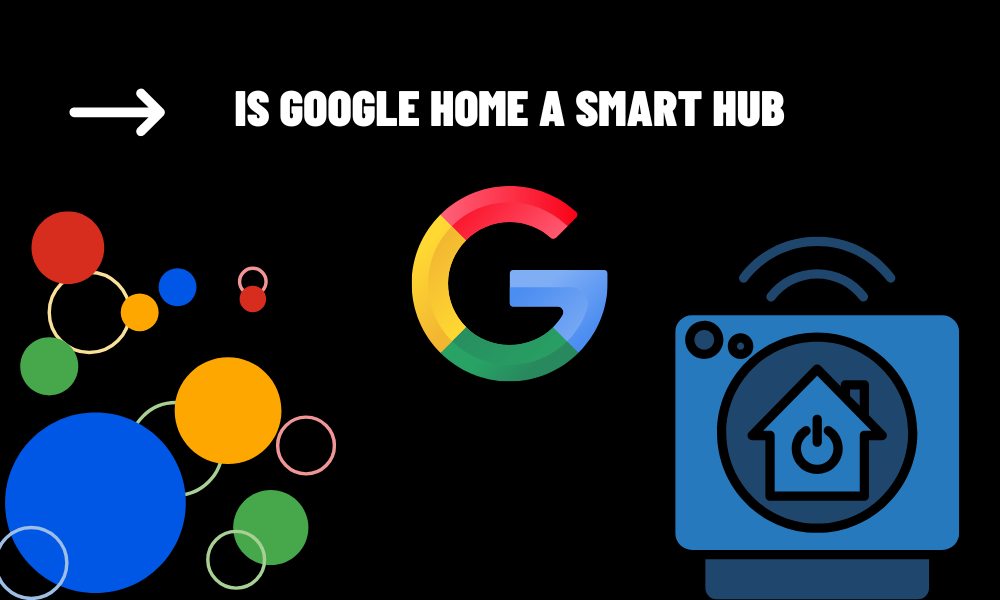Is Google Home a smart hub? Discover how Google Home and Nest devices function in a smart home setup, their capabilities, limitations, and how they compare to traditional smart hubs.
Contents
Introduction
As the smart home industry continues to expand, devices like Google Home have become central to how we interact with connected technology. But with terms like smart hub, smart speaker, and voice assistant often used interchangeably, many homeowners are left wondering: is Google Home a smart hub, or just a controller?
In this article, we explore Google Home’s capabilities, how it functions within a smart home ecosystem, and whether it can replace traditional smart hubs like SmartThings or Hubitat.
What Is a Smart Hub?
A smart home hub is a centralized platform or device that allows various smart home products—often from different brands or communication protocols—to connect and interact. Smart hubs typically support protocols like Zigbee, Z-Wave, Thread, or Wi-Fi, and are essential for automating and synchronizing multiple smart devices.
These hubs act as the “brain” of a smart home by processing automation rules and facilitating communication between devices that otherwise wouldn’t be able to interact directly.
Is Google Home a Smart Hub?
Technically, Google Home is not a traditional smart hub—but it functions as a soft smart hub for many users.
Google Home, Nest Audio, and Nest Hub devices:
Allow you to control smart devices like bulbs, plugs, cameras, and thermostats via voice or app.
Support Google Assistant-powered routines and automation.
Connect to a wide range of devices over Wi-Fi and now, increasingly, Matter.
Act as a control interface rather than a local automation processor.
That said, Google has added more advanced hub-like functionality to its newer products. Devices like the Nest Hub (2nd Gen) and Nest Hub Max have onboard Thread radios and support the Matter protocol, making them closer to full-featured smart home hubs.

The Role of Matter and Thread
Matter is a new smart home standard that simplifies device compatibility across ecosystems (Google, Apple, Amazon, etc.). With Matter, users no longer need to worry about whether a smart bulb will work with their system—as long as the device is Matter-compatible, it will connect easily.
Google’s integration of Matter and Thread into its newer devices positions it to become a more powerful smart home hub. With Thread support, Nest Hubs can act as a Thread Border Router, allowing low-power, secure devices to communicate efficiently.
This shift means Google Home is not just a smart speaker—it is evolving into a cross-platform, protocol-friendly smart hub.
Limitations Compared to Traditional Hubs
While Google Home handles many smart home functions well, it does have some limitations compared to purpose-built smart hubs:
No native Zigbee/Z-Wave support: Devices using these protocols still need a bridge or separate hub.
Cloud-dependent automation: Most automations and device control rely on internet access.
Less granular local control: Platforms like SmartThings or Home Assistant allow for more detailed, local automation logic.
Conclusion
So, is Google Home a smart hub? The answer is: partially. While it doesn’t offer the same level of protocol support or local processing as dedicated hubs, it performs many smart hub functions, especially with the addition of Matter and Thread.
For most users with a Google ecosystem and Matter-enabled devices, Google Home acts effectively as a smart hub—coordinating devices, enabling voice control, and simplifying automation. For more advanced setups, however, a dedicated hub may still be necessary.



